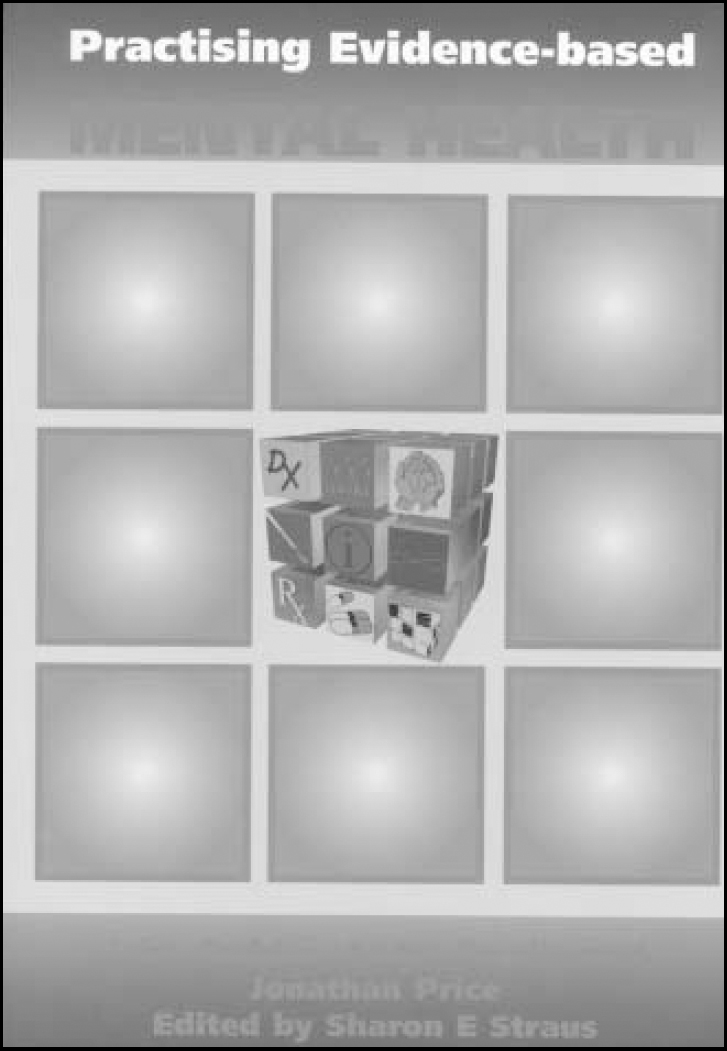The phrase ‘evidence-based medicine’ (EBM) provokes a wide range of reactions. Some clinicians have embraced its practice fully, routinely applying it in their everyday work. Others see it as another new vogue that leads to a ‘cookbook’ approach in medicine, encroaching on both patient individuality and clinical freedom. Between these two extremes stand the candidate studying for the clinical appraisal paper of the Part II MRCPsych Examination and the average clinician, both keen to learn about EBM, but sometimes intimidated by the practical application of statistical concepts and the use of new technology. This book is aimed at them.

The text is presented as a syllabus for a seven-session course, each one tackling a common EBM theme such as treatment interventions or systematic reviews. The first part of each session gives a case vignette, the clinical question derived and advice on searching the literature. A full reproduction of the selected paper is included followed by specific critical appraisal tasks such as calculating the number needed to treat or odds ratio for an event. The second part of each session focuses on general skills training such as forming clinical questions and using the range of available evidence sources. The book stresses the importance of applying EBM conclusions to patient groups in everyday practice. A tutor's guide with suggestions on the practicalities of teaching EBM, for example, how to structure teaching sessions, is included, and worked examples and model answers are provided.
The layout of the book is confusing, especially for the self-directed learner. Particular concepts are not well explained in the text; instead, readers are referred to a page (sometimes to 2 or 3 separate pages for a single point) from the text of the book Evidence-Based Medicine (sections of which are reproduced (in facsimile and incompletely) at the back of the workbook). Many of the examples come from general medical topics, such as the electrocardiogram, which requires a rapid shift in mind-set in the learner.
To obtain maximum benefit from the book, readers need access to suggested internet sites. A useful table of sources of evidence-based mental health includes descriptions of the advantages and disadvantages of various search engines, on-line journals and CD—ROMs. There is a succinct glossary, but no index.
Unfortunately, we do not yet have an evidence base on the best way to teach and learn EBM. Here, the authors have set out to create not a textbook of EBM, but a learning guide. It is best suited to those who have already mastered the initial concepts of EBM or those attending a course with a tutor to guide them through not only EBM but the complex and confusing layout of the book itself.





eLetters
No eLetters have been published for this article.